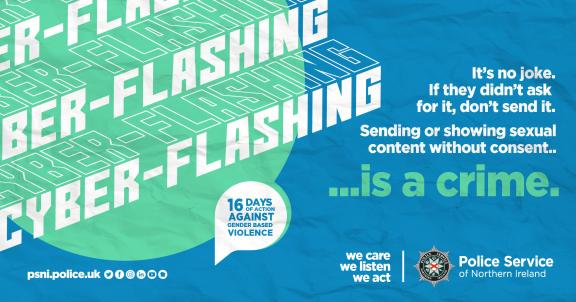The practice typically involves offenders sending an unsolicited sexual image to people via social media or dating apps, but can also be over data sharing services such as Bluetooth and Airdrop. In some instances, a preview of the photo can appear on a person’s device – meaning that even if the transfer is rejected victims are forced into seeing the image.
Cyber-flashing

How can cyber-flashing affect somebody?
Like indecent exposure or flashing that happens in person, cyber flashing is often upsetting and scary for victims and survivors, and can make them feel unsafe. For some people, it can have a long-term impact on their wellbeing.
What punishment can perpetrators face?
Perpetrators could face up to two years in prison. Where committed to obtain sexual gratification, can result in the most serious offenders being placed on the sex offenders’ register for up to 10 years.
